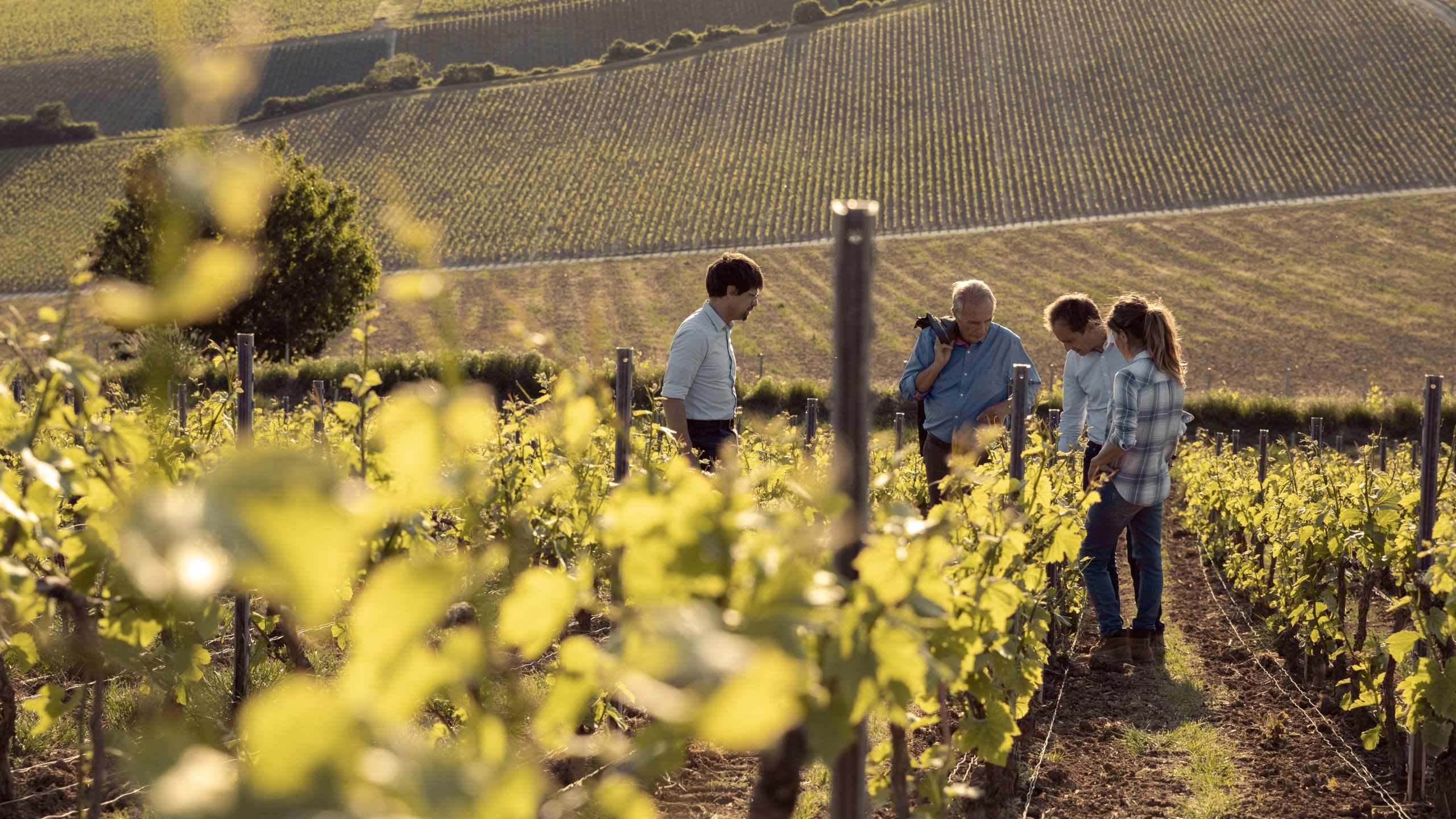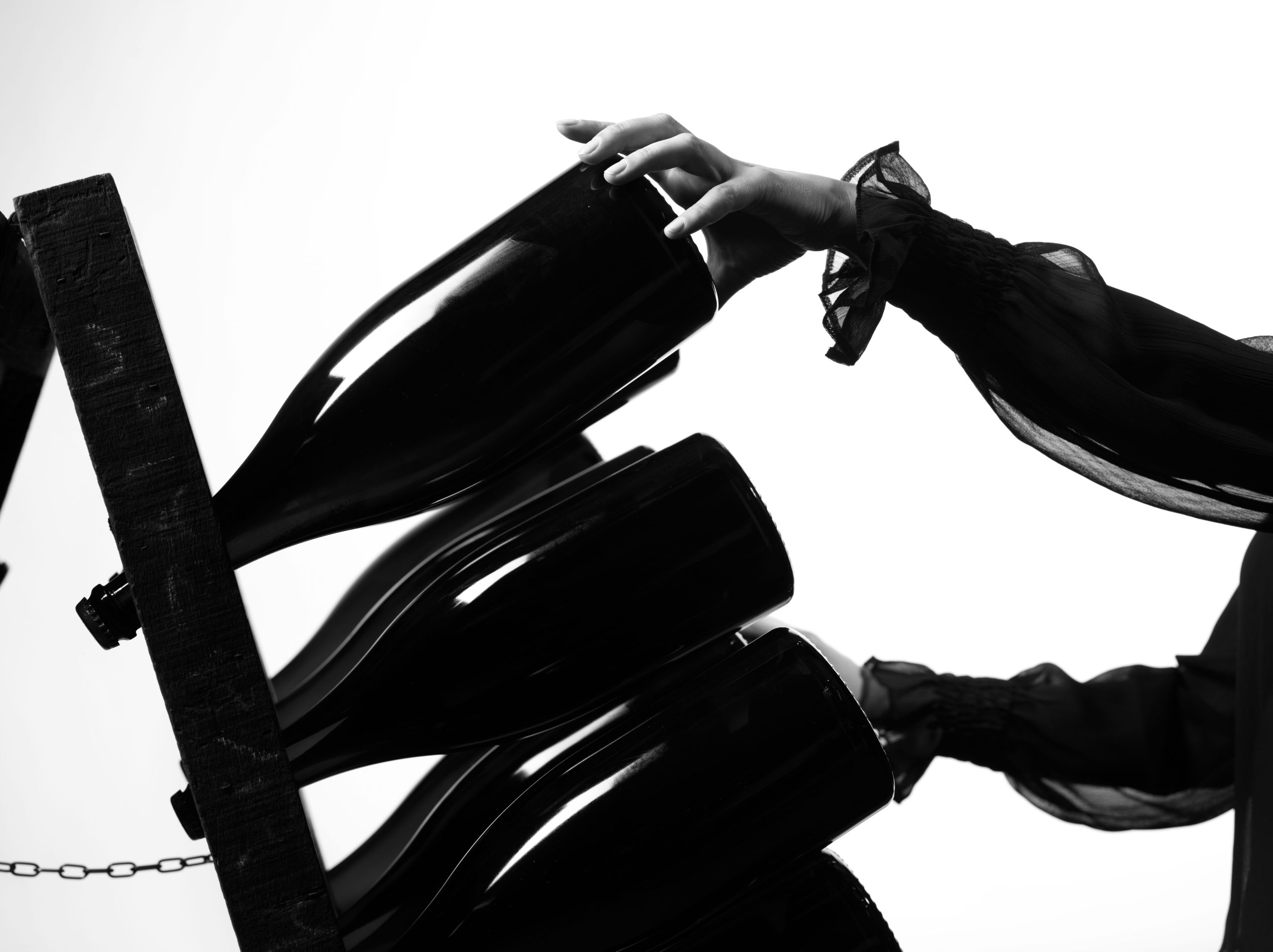Drinking to forget: Tiger blood in Tonkin
By the late 19th century the Legion was fully ensconced in its two main bases. The first and most famous was North Africa – more specifically Algeria – with the homebase or ‘ville mère’ at Sidi-bel-Abbés.
This was the hard, ‘real’ Legion life of the bled, long marches, isolated outposts and payday binges fuelled by rough local pinard and pastis that had become emblematic of the Legion in the popular imagination.
Following the conquest of Tonkin in the late 1880s, however, the Legion set up a second home in the more sensual surroundings of Indochina, where life was somewhat easier – Legionnaires were given more time off due to what was considered a less healthy climate and their colonial service pay (North Africa was considered ‘home’ service) went further so that more menial chores, ‘ton truc‘, could be done by local boys for a paltry fee.
Furthermore, whereas in Algeria, dalliances with local women were rare in the extreme, in Indochina many legionnaires were able to keep a mistress also known as a ‘congaï’[1] or simply ‘co’ who would accompany them to the bars of Saigon or Hanoi for evening drinks: beer or ‘choum’ the local rice wine that cost 35 centimes a litre. And there was opium though to what extent it replaced the Legion taste for booze is not clearly documented.
In the aftermath of WWII it was Indochina that was to be the stage for the Legion’s first great test. French attempts to re-impose a colonial regime after the war was the trigger for a general uprising and attempt at a seizure of power by the Viet Minh – led by Ho Chi Minh, the icon of Vietnamese independence.
Militarily, economically and socially exhausted by war and occupation, France essentially stumbled into a low level guerilla war in late 1945 and then found itself fighting a full-scale insurgency by 1949 and it leant heavily on the Legion, whose ranks swelled in the post-war era with the flotsam of displaced peoples and more than a few fugitives – however, tales of the Legion becoming a haven for SS war criminals in yet another embellishment, though an estimated 60% of the Legion was composed of Germans in the late ‘40s so it is one not entirely without merit.
In total, over the course of the seven-year war, over 70,000 legionnaires would fight in Indochina and over 10,000 would be killed and many more wounded.
The Legion got its first taste of the sort of war it was in for and the enemy they were up against in 1948 during the Cao Bang campaign.
As in North Africa, the French scattered small garrisons around the country in with the aim of imposing troops all over the countryside to ‘stop the rot’ of infiltration by communist guerillas. In many ways this was ‘old school’ Legion fighting in the best traditions of French North Africa but instead of suppressing communist insurgents the outposts just tied down vast numbers of troops (over 82,000 by 1954) which would have been better utilised elsewhere and became beacons for ceaseless attacks, as did the convoys sent to resupply them up Route Coloniale 4 (RC4).
Faced with vicious ambushes fought at close quarters with an enemy that struck without warning and then melted back into the jungle leaving the convoy, “nothing but a tangle of disemboweled corpses and burned out machines,” the survivors often drank themselves into oblivion when they limped into their destination.[2]
As well as beer and choum, French troops were still issued with a wine ration, even in the field. When out on operations carrying around bottles of wine in large quantities was impractical so in their combat ration kits soldiers were issued with a dehydrated wine concentrate called ‘Vinogel’, sometimes nicknamed ‘Tiger blood’.
The idea was to mix the vinogel with two parts water to one part wine (many preferred one to one of course) but there were some who simply ate it in its dehydrated state.
In 1947 the French war minister, Paul Coste-Floret, had visited Indochina and became somewhat distressed at the idea of vinogel.
‘You see’, he lectured the French commander in chief, General Raoul Salan: ‘It’s not something you drink, it’s something you eat. I’m going to send you some decent wine.’
‘You might send a few battalions as well,’ Salan suggested. His own practical anxieties, juxtaposed against the often frivolous and muddled concerns of successive French politicians, would prove well founded.[3]
As so often with army rations, vinogel may not have been the best quality but in a choice between that and nothing at all most solders knew which they preferred, as an incident at the battle of Dien Bien Phu clearly illustrates.
Dien Bien Phu was designed by the French chiefs of staff as the decisive set piece battle to draw out the Viet Minh and destroy them.
Thousands of troops, principally paratroopers and legionnaires, would be parachuted and then landed into the Dien Bien Phu valley in northwestern Vietnam, athwart the Viet Minh’s supply lines into Laos, thereby daring the enemy to come out and fight to dislodge them.
The troops would dig in, fortify the valley and let the waves of Viet Minh attackers break themselves against barbed wire, pillboxes and concentrated artillery, while roving columns struck out to spread fire and destruction on the enemy’s bases and tributary supply lines.
The French defenders would be kept resupplied by air, two airstrips having been constructed for the purpose.
It was a tactic that was found to have worked at the much smaller battle of Nà San in late 1952 but the crucial flaw, of course, was that France did not have sufficient aircraft to repeat it on this much larger scale and their belief that the Viet Minh possessed no anti aircraft capability proved a fatal and terrible mistake.
Nonetheless, the logistics of the operation make for impressive reading. Between 20 November 1953 when the French began landing in the valley and 8 May 1954 when the battle ended, nearly 4,000 tons of supplies had been dropped to the garrison. Included in the supplies were 199,760 rations of bread, 12.5 tons of canned sausages, 875 tons of fresh fruit and vegetables, almost 60,000 gallons of wine and 8,480 gallons of vinogel.[4]
On Christmas Day 1953, with still no sign of the Viet Minh launching an attack, the garrison was able to enjoy a lengthy lunch which included, cold beef, fried potatoes, cheese, cakes, wine and Champagne. It made good copy for the accompanying war reporters back in Hanoi but it was an illusion soon to be too rudely shattered.
When the battle began on 13 March 1954 the French plan went immediately awry and the lack of adequate preparations became apparent. As French troops had dug in in a series of forts with names such as ‘Beatrice’, ‘Eliane’, ‘Isabelle’ and ‘Gabrielle’ (named after the commander’s mistresses was one theory) on the valley floor, the Viet Minh had hauled artillery up into the surrounding hills – something the French had believed impossible. They completely overlooked the French positions and were too well camouflaged and entrenched for French artillery to neutralise. Béatrice was overrun on the first night, the initial enemy bombardment causing flimsy trenches and bunkers to collapse before Vietnamese infantry attacked in human waves, swamping the remaining defenders who called down supporting artillery on their own positions and then tried to break out. The French artillery commander, Colonel Charles Piroth, committed suicide out of shame. From then on there was no respite.
Partner Content
Before too long the airfield was untenable and planes could no longer land. Supplies of men, equipment and rations had to be parachuted in and while men could steer themselves to land among friends, boxes could not and many fell in and around positions occupied by the enemy.
This led to a faintly comic episode amid the otherwise gruelling and desperate backdrop of the battle.
On 30 April, as the historian Bernard Fall[5] relates, the legionnaires of the 13eme demi-brigade were faced with the prospect of celebrating Camerone with just one miserable bottle of wine per platoon. Then word came through that two crates of vinogel were among the para-drop that had fallen into no man’s land opposite them that day. A recovery party was put together (everyone volunteered one veteran remembered) led by a Major Coutant.
To ensure the safe retrieval of the crates, the legionnaires first had to head over to the enemy lines and destroy several bunkers, a task that was completed with plastic explosives and 10 enemy killed and many wounded for no loss of their own. The vinogel was recovered and day’s celebrations were saved.
The French commander, General Christian de Castries, radioed his superiors in Hanoi that evening detailing the raid’s success – though omitting the actual purposes for which it had been staged.
Despite the ever-shrinking perimeter, the drops, including occasional deliveries of fresh fruit and vegetables and even many luxury items, never let up. Other alcohol dropped in included: 135 litres of ‘aperitifs’, 72 bottles of Champagne, 72 bottles of ‘fine wine’, 148 bottles of Cognac and rum and 7,680 66cl bottles of beer as well as powdered milk, asparagus, mustard, biscuits, pencils, writing paper, razor blades, shaving soap, 12,000 packets of cigarettes and 949 bottles of eau-de-cologne.
Nonetheless, it was as the battle progressed that the bulk of vinogel was dropped, practicality belatedly taking precedence over frippery and pedantry – but too late. Too late.
Inexorably, despite heroic resistance, the Viet Minh tightened the noose around the French in that unhappy valley, which now resembled the shell-blasted wastes of Verdun or Stalingrad from previous wars. Although the Vietnamese suffered enormous losses in their attacks, they were too numerous and their position too strong.
By contrast there were not simply enough men (though no shortage of volunteers), supplies or the planes to fly them in on the side of the French. Dien Bien Phu as a concept had failed totally and it took French colonialism in Indochina with it.
On 7 May the shattered garrison surrendered. The very next day the Geneva Conference began and by August the war was over and Vietnam partitioned along the 17th parallel.
The Legion life in Indochina was over and the units prepared to return to Algeria – straight into another, though altogether bloodier and more vicious, war of de-colonialisation that was to bring its world crashing down around it.
Next: War comes to the Legion’s doorstep and with it the pain of forced departure
Read more:
Drinking to Forget: The Legion
Drinking to Forget: The asylum of misfortune
[1] Literally ‘young girl’
[2] Porch, Douglas, The French Foreign Legion: A Complete History of the Legendary Fighting Force, New York: HarperCollins Publishing, 1991, p519
[3] Morgan, Ted, ‘Valley of Death: The Tragedy at Dien Bien Phu’, New York, Random House
[4] Shrader, Charles, ‘A War of Logistics: Parachutes and Porters in Indochina, 1945-1954’
[5] Fall, Bernard, ‘Hell in a Very Small Place’




